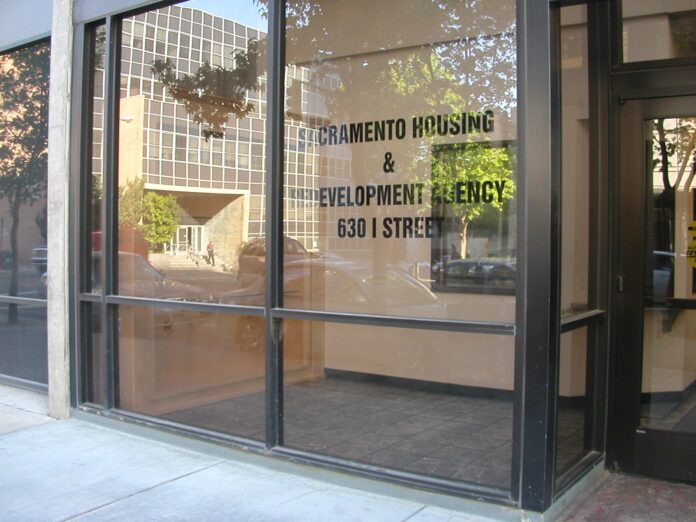
By Samuel A. Lopez, Legal Analyst and Journalist, USA Herald
[SACRAMENTO, CA] – Yesterday, I brought you the story of an unscrupulous Sacramento landlord sentenced to 12 years in prison for egregious abuses, shining a harsh light on the Sacramento Housing & Redevelopment Agency (SHRA) – Section 8, for what seems like, at minimum, a lack of oversight in the screening and investigating of participating landlords.
And let’s not forget, this saga unfolds in Governor Gavin Newsom’s home state. As the head of California, Newsom’s administration oversees entities like SHRA, which are meant to protect and serve the public, especially in low-income housing matters. Yet, the ongoing issues with SHRA highlight a broader systemic problem within state governance.
If Newsom’s vision for California includes safeguarding its citizens from unscrupulous landlords and ensuring accountability from public agencies, then cases like Janis v. Sacramento Housing & Redevelopment Agency should serve as a stark reminder. It’s time for his administration to push for reforms, ensuring agencies like SHRA are not just bystanders but active guardians of tenant rights, or else the oversight failures continue to reflect poorly on his leadership.
Today, we’re reporting on the case of: Janis v. Sacramento Housing & Redevelopment Agency.
Imagine you’re riding your bike, enjoying a Sacramento afternoon, when suddenly, a car slams into you. You’re injured, and it turns out the driver works for SHRA. You think, “I’ll sue, get justice.” But here’s the catch: suing a state entity like SHRA isn’t as simple as filing a complaint.
This case serves as a crucial reminder of how an overlooked step in the legal and claims process, can derail an entire case. While the issues at hand stemmed from a bicycle vs car crash, and a clerical error, this case also sheds light on the potential challenges that tenants and other individuals may face when holding public entities accountable.
There’s a critical step most people—and even some lawyers—miss. Miss it, and your case is dead in the water. That’s exactly what happened to Lyle Janis, and I’m here to break it down so you don’t make the same mistake.


